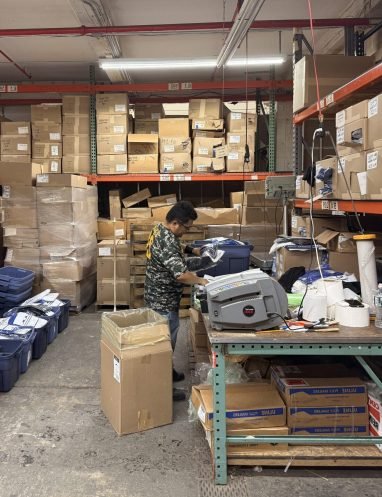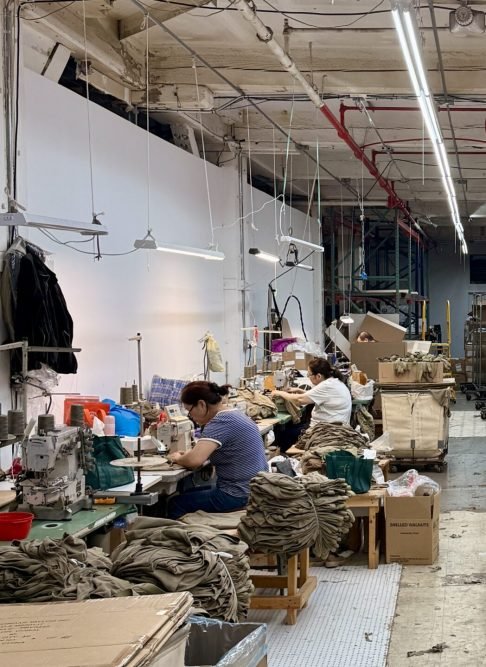Our Services
The fabric is laid out in layers and cut into the required shapes using templates or digital cutting machines. These pieces form the building blocks of the garment.
Skilled workers sew the fabric pieces together on production lines. This includes attaching components like zippers, buttons, and linings, following the design and quality specifications.
Garments are trimmed, ironed or pressed, and undergo any additional processes such as embroidery, washing, or dyeing. Labels and tags are added at this stage.
Finished garments are folded, packed according to buyer requirements, and labeled. They are then shipped to distribution centers, retailers, or directly to consumers.
Your One-Stop Solution
End-to-End Manufacturing, Streamlined for You
From cutting table to customer doorstep, we offer a complete range of services designed to bring your apparel designs to life with precision and efficiency. Our core services are backed by skilled craftsmanship and a commitment to high-quality production.
In addition to our main services, we also provide sampling and prototyping, pattern grading, size set development, labeling and tagging, and inventory management.
Our facility is equipped to scale with your brand, whether you’re launching a new line or managing seasonal restocks. At every step, our team works closely with you to ensure your products meet exact specifications and reach your customers on time.


FAQ
What types of garments do you work with?
We work with a wide variety of garments, including activewear, casual wear, uniforms, lingerie, and specialty apparel. We can handle both knit and woven fabrics.
Do you offer fabric sourcing or only cutting and sewing?
We primarily focus on garment cutting, sewing, binding, and fulfillment. However, we can assist with sourcing through our trusted network of fabric suppliers upon request.
What is your minimum order quantity (MOQ)?
Our MOQ varies depending on the complexity of the garment, but typically starts at 100 units per style or color.
Can you handle custom patterns and designs?
Yes, we work with client-provided tech packs and patterns, or we can assist with pattern development and adjustments as needed.
What sewing services do you provide?
We offer full-service sewing including single-needle, overlock, coverstitch, flatlock, and specialty stitching depending on the garment type.
What types of binding services do you offer?
We offer various binding techniques including fold-over elastic, bias binding, cover binding, and flat binding to meet specific garment construction needs.
Can you handle large-scale production?
Yes, we are equipped to handle both small batch and high-volume production runs while maintaining consistent quality and lead times.
Do you offer quality control and inspection?
Absolutely. Every piece goes through a thorough quality control process at each production stage to ensure accuracy and high standards.
What fulfillment services do you offer?
We provide pick and pack, warehousing, order management, and direct-to-consumer or wholesale shipping. We integrate with most eCommerce platforms.
Can you ship internationally?
Yes, we offer both domestic and international shipping options with tracking. We can work with your preferred carrier or provide our own logistics solutions.
How do you handle packaging and labeling?
We provide customizable packaging options, including hang tags, size labels, poly bagging, and branded inserts based on your specifications.
How long does it take to complete a production run?
Lead times vary depending on the complexity of the project and volume, but most orders are completed within [4–6 weeks] after sample approval and material receipt.